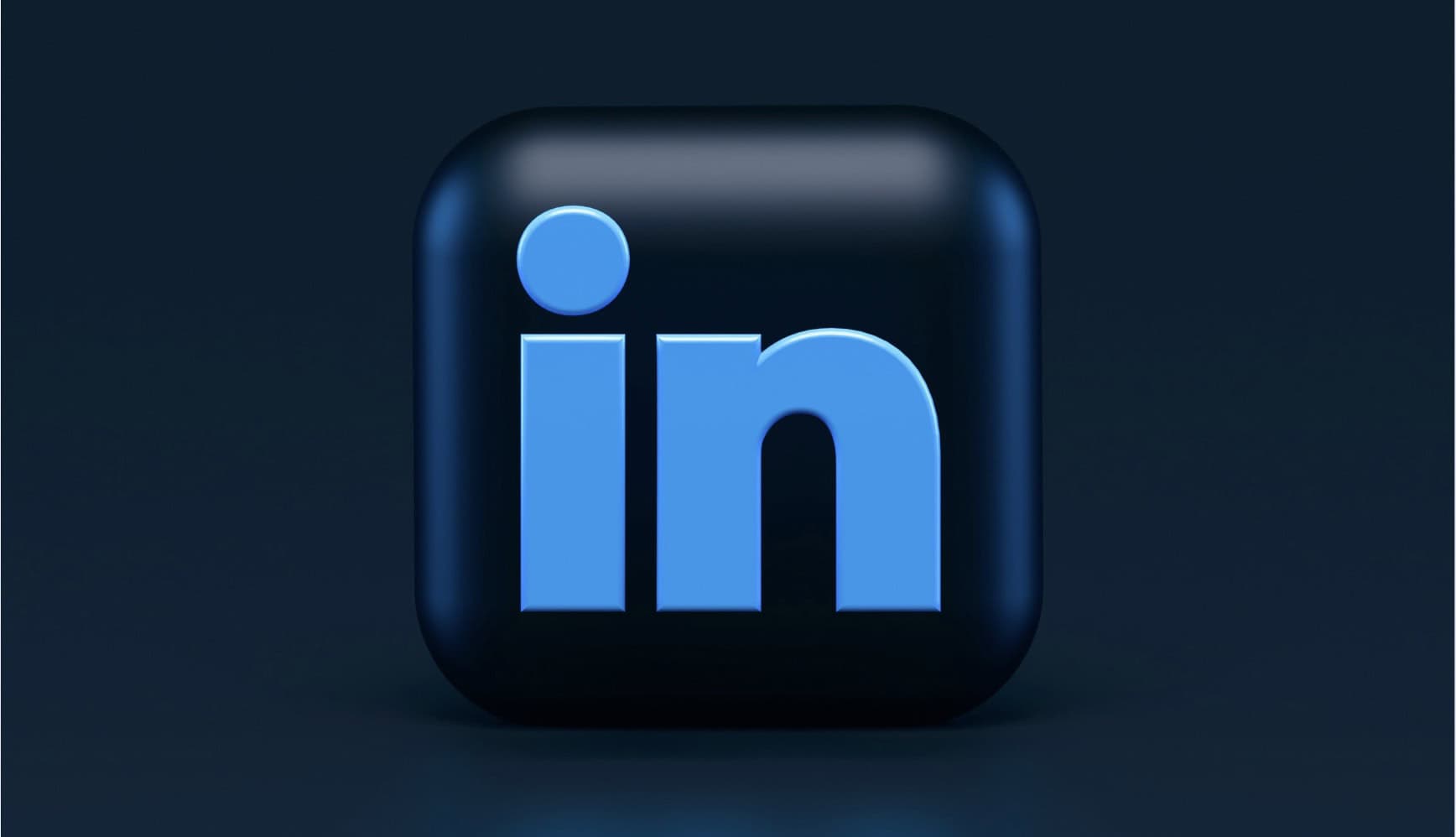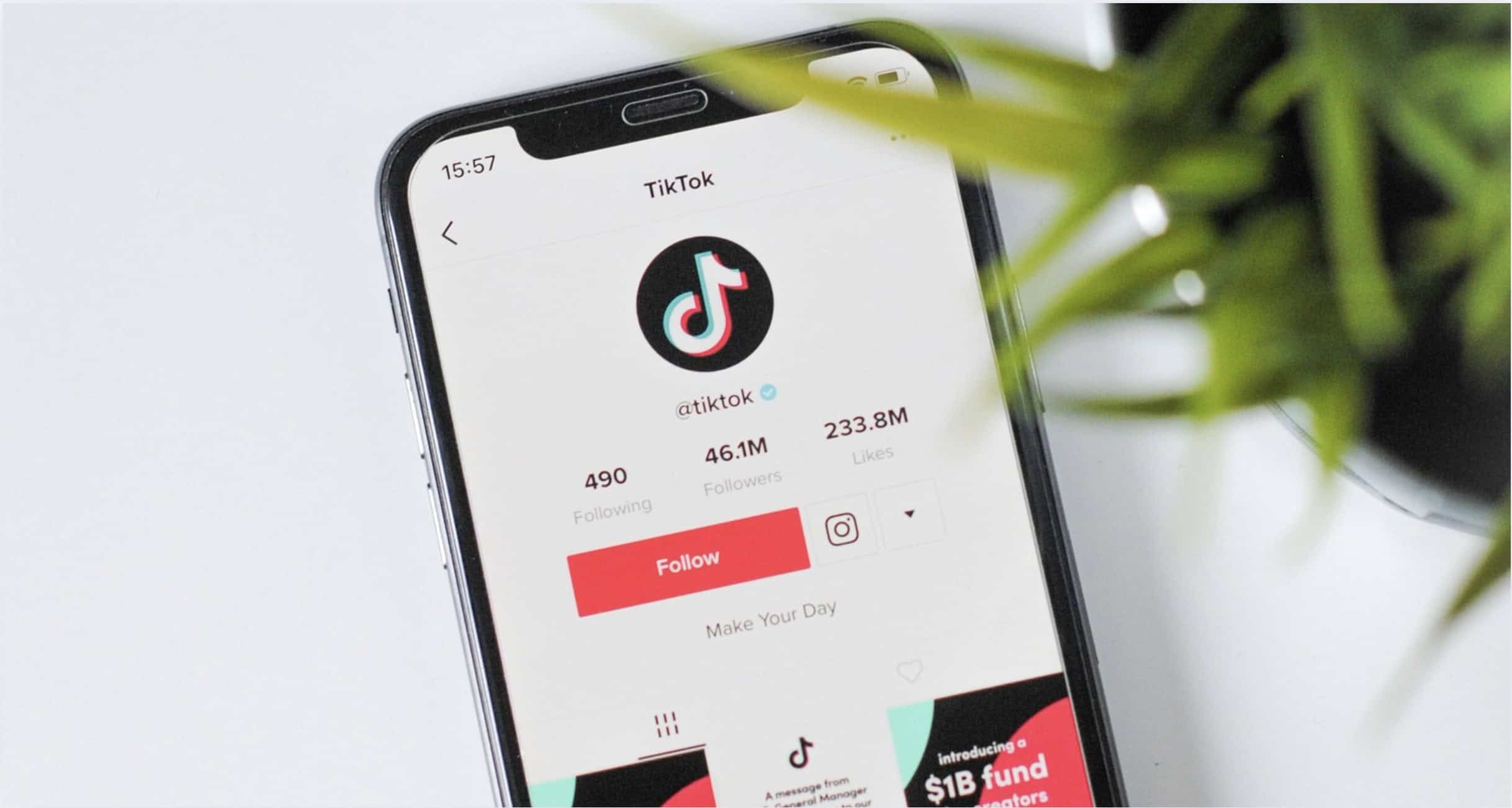
20 million people in the UK have a LinkedIn profile. That’s 58% of the country’s working population. With over 400 million profiles worldwide, and two new users registering every second; LinkedIn represents a fantastic opportunity to showcase your brand.
Are you active on LinkedIn? No doubt you have your own profile to update your employment history and skills. But is your company using LinkedIn? If not, it’s time to get started. In a report by Social Media Examiner, 41% of B2B marketers stated that LinkedIn was their most important social media platform. Even B2C marketers found an active presence on LinkedIn useful. The question is: how to best utilise LinkedIn for marketing?
Be Active
Having a company page with no content or updates is pointless. You need to be active. This means posting daily status updates, which you link back to your site. These posts can include blog articles images, and information that is related to your company and the industry you operate in.
LinkedIn Pulse is a great platform to get your writing read. Aim to post an article once a week. Note: you have to post these as an individual, not as your company, so it’s important to include a link to your site within the article, and maybe a shameless (but not too shameless!) little plug at the bottom for brand awareness. So now your content is out there, it’s going to go viral, right? Highly unlikely. A lot of the time, your post probably won’t be seen beyond your connections (not that this is a bad thing, as they will be highly relevant in your industry – see targeting later). However, if LinkedIn can see your article is gaining traction, they’ll push it to become visible to others. To get this started, tweet @LinkedInPulse the link to your post. Think about it: thousands of articles are posted on LinkedIn Pulse every day. There’s no way employees could read them all and determine their favourites, so think of it as giving them a push in the right direction. It may not happen with your first few articles, but don’t give up. My Snapchat article was seen by LinkedIn, who increased its visibility, and it has now been viewed nearly 3,000 times, with over 550 likes. My other articles sit on my profile, viewed only by my connections, but I hope they found them insightful.
Use the analytics section on your profile to measure audience engagement. It’s important to remember that the numbers won’t shoot up overnight. Think of it as a cycle: the more you post, the higher engagement levels are. I post daily on LinkedIn, and find engagement is highest at the end of the week. By Monday, they’ve lowered as I don’t post over the weekend.
Be Social
Are you guilty of joining a LinkedIn group and never posting? Not even contributing to one conversation? I’d say most of us are. However, this is something you must actively do. Join groups that are relevant to your industry, with members who are potential clients. Regularly join in conversations, and don’t be afraid to occasionally post something. Follow the 80:20 rule: 80% of your engagement should be comments on conversations, and 20% can be posts. 0% is shameless brand plugging!
Another benefit of being in a group is that you can mail other members even if you’re not connected. It’s a great way to start a conversation, as you never know where it could lead to in the future.
Once you’ve actively participated in a few groups, it’s time to make your own. Invite people who you see as potential customers – look through your connections and other group members and personally invite them. The added advantage of controlling a group is you can moderate members and keep out competitors, so they can’t see your conversation (unlike your company page, which anyone can visit). The 80:20 rule also applies here: 80% of your posts should be about the industry you operate in, and 20% can be reserved for updates or news about your brand.
Targeting members can be applied to your personal LinkedIn connections too. Finding potential customers to connect with enables you to start the conversation, get to know them, and then invite them to find out more about your brand offerings. You can search for people based on the industry they operate in, their job title, geographic location, and even age. An employee of a fashion photography agency may connect with employees of fashion brands, as they could be interested in photographic services.
Once you’ve taken the time to grow your connections and group members, you can collate your contacts and send out monthly emails highlighting the products/services you offer. A little reminder could work in your favour as connections realise the benefits of your offerings.
Be Selective
Much like Facebook paid advertising, this enables you to push your content onto specific individuals’ news feeds in exchange for payment. You can really use targeting to your advantage here: alongside the standard age/gender/location settings, you can specify individuals working for a certain company, with a specific job title, function and skills. This enables you to focus on those who you see as potential clients, who could be interested in your products/services.
You can use sponsored updates for a variety of goals. Whether you want to increase the number of followers on your company page, or drive an increase in site traffic, you can create a campaign to suit your needs. LinkedIn offers more information on their sponsored updates here, if it’s something that you would like to utilise.
When it comes to the content of your sponsored update, treat it as a regular company page post. The content should be simple and interesting, with a strong call to action. A link to an article you’ve written, research you’ve conducted, or video you’ve filmed are all good examples. Whatever you do, do NOT hard sell your products or services. Engaging content encourages viewers to click through and find out more – being demanded they buy something won’t. Once browsers are on your site, they can find out more information themselves, and purchase your products/services if they so choose.
Be Encouraging
Whilst you’ll likely have one person responsible for driving your LinkedIn marketing efforts forwards, you should communicate this with employees. Not just so they’re aware, but so they can be supportive. Ask all employees to join LinkedIn and keep their profile up-to-date, including their role within the company, and the tasks they perform. This enables potential customers searching for your business to see the faces behind the brand. It also allows them to have a point of contact: if as a marketing agency, a potential client is looking for help with their social media, they may see the Head of Social Media on LinkedIn, and know who they would be working with.
Having employees actively engage with your company page is hugely beneficial. Liking and sharing the odd post will spread your brand name to their contacts, leading to higher awareness, an increase in page likes and potential new customers in the future.
To get employees motivated and happy to contribute to your LinkedIn success, you could even start a takeover day where once a month, a different worker manages the LinkedIn profile. Simply telling employees about something, and having them forget about it won’t help at all. Getting them to join in, and showing them how the importance of them playing a part will.
LinkedIn is a hugely important social media channel, and is something you should add to your overall marketing strategy. Here at Photolink, we love all-things-digital, and love helping brands out even more. If you’d like a chat about how we can help you, just drop us a line at hello@seventy7group.com, and we’ll be in touch.

